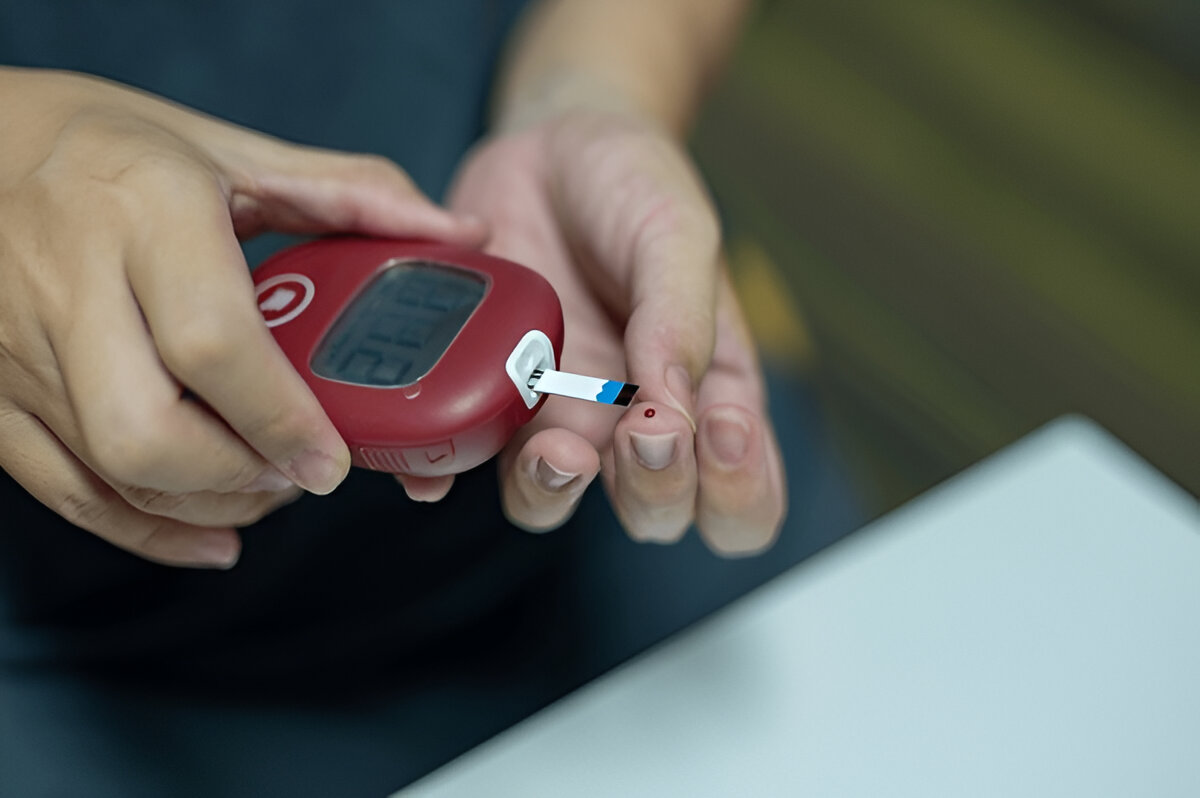Managing diabetes effectively involves a combination of lifestyle adjustments, monitoring, and medical care. Here’s a structured, simple approach:
1. Balanced Diet
Focus on Whole Foods: Prioritize vegetables, whole grains, lean proteins (e.g., fish, chicken), and healthy fats (e.g., avocados, nuts).
- Control Carbs: Monitor portion sizes and opt for complex carbs (e.g., quinoa, oats) over refined sugars. Pair carbs with protein/fiber to slow sugar spikes.
- Limit Sugary Drinks: Choose water, herbal tea, or unsweetened beverages.
2. Regular Physical Activity
- Aim for 30 minutes daily of moderate exercise (walking, cycling, swimming) to improve insulin sensitivity.
- Include strength training 2–3 times weekly to build muscle, which helps regulate blood sugar.
Simple and Effective Strategies to Lower Your Risk of Heart Disease
3. Monitor Blood Sugar
Track patterns in a log to understand how food, activity, and stress affect your readings.
Check levels as advised by your doctor (e.g., fasting, post-meal). Use a glucometer or continuous glucose monitor.


4. Medication Adherence
Take insulin or oral medications as prescribed, and learn proper timing (e.g., with meals).
- Discuss side effects or concerns with your healthcare provider.
5. Weight Management
- Aim for gradual weight loss if needed (even 5–10% loss can improve insulin resistance in Type 2).
- Avoid fad diets; focus on sustainable changes.
6. Stress Reduction
- Practice mindfulness, deep breathing, or yoga to lower stress hormones that raise blood sugar.
7. Prioritize Sleep
- Target 7–9 hours nightly. Poor sleep disrupts glucose metabolism.
8. Stay Hydrated
- Drink water throughout the day to help kidneys flush excess sugar.
9. Avoid Smoking & Limit Alcohol
- Quit smoking to reduce complication risks. Limit alcohol to 1 drink/day (women) or 2/day (men).
10. Routine Check-Ups
- Regular A1C tests, blood pressure, cholesterol, and kidney function checks.
- Annual eye and foot exams to prevent complications.
11. Foot Care
- Inspect feet daily for cuts/blisters. Wear comfortable shoes and moisturize to prevent cracks.
12. Educate & Seek Support
Key Takeaway: Small, consistent changes can have a big impact. Always consult your healthcare team to tailor these steps to your needs.









